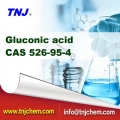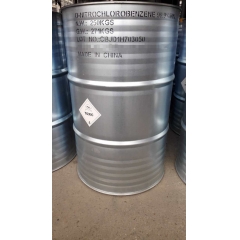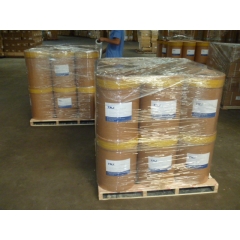Gluconic acid is soluble in water, slightly soluble in ethanol, insoluble in ether and most other organic solvents. In aqueous solution, partial conversion to gamma and delta lactone, and a balanced mixture. Acidity of aqueous solution. Aqueous solution with concentration of 4% pH=1.8. Because it is difficult to make solid, the commodity is usually 50% aqueous solution, a light amber, with light vinegar taste, relative density of 1.2425. Acting as sodium salt or calcium salt with alkali, reducing the sugar into Arabia sugar under the action of peroxide, and being oxidized to formaldehyde, oxalic acid and glyoxylic acid under the action of HIO4. Preferably stored in stainless steel tanks.
Specification
Powder of Food Grade
Description Colorless crystals or white powder
Heavy metals ≤0.002%
Reducing substances
Lead ≤0.001%
Assay 99.0%-101.0%50% Solution of Food Grade
Description Colorless, light yellow transparent liquid
Chloride ≤0.03%
Arsenic ≤1ppm
Iron ≤0.001%
Heavy metals ≤0.002%
Sulpbate ≤0.024%
Sucrose and reducing Negative
Calcium experiment Negative
Five chlorine phenol Negative
Scorching remains ≤0.1%
Assay (Glucono acid) 50.0~52.0%
Applications
1. Gluconic acid calcium salt, ferrous salt, bismuth salt and other salts can be used as medicine; the metal complexes in alkaline system is widely used as a masking agent of metal ions; aqueous solution is used as the food acid; preparation of wine; washing agent; dairy equipment to milk stone agent.
2. Protein coagulant and food preservative. For the production of gluconate such as sodium gluconate, potassium gluconate, calcium gluconate, etc..
Packaging
25kg per bag, 20mt per 20ft container
250kg/drum, 20mt per 20ft container














 chemical.tnj
chemical.tnj +8618949823763
+8618949823763 tnjchem
tnjchem 2881500864
2881500864